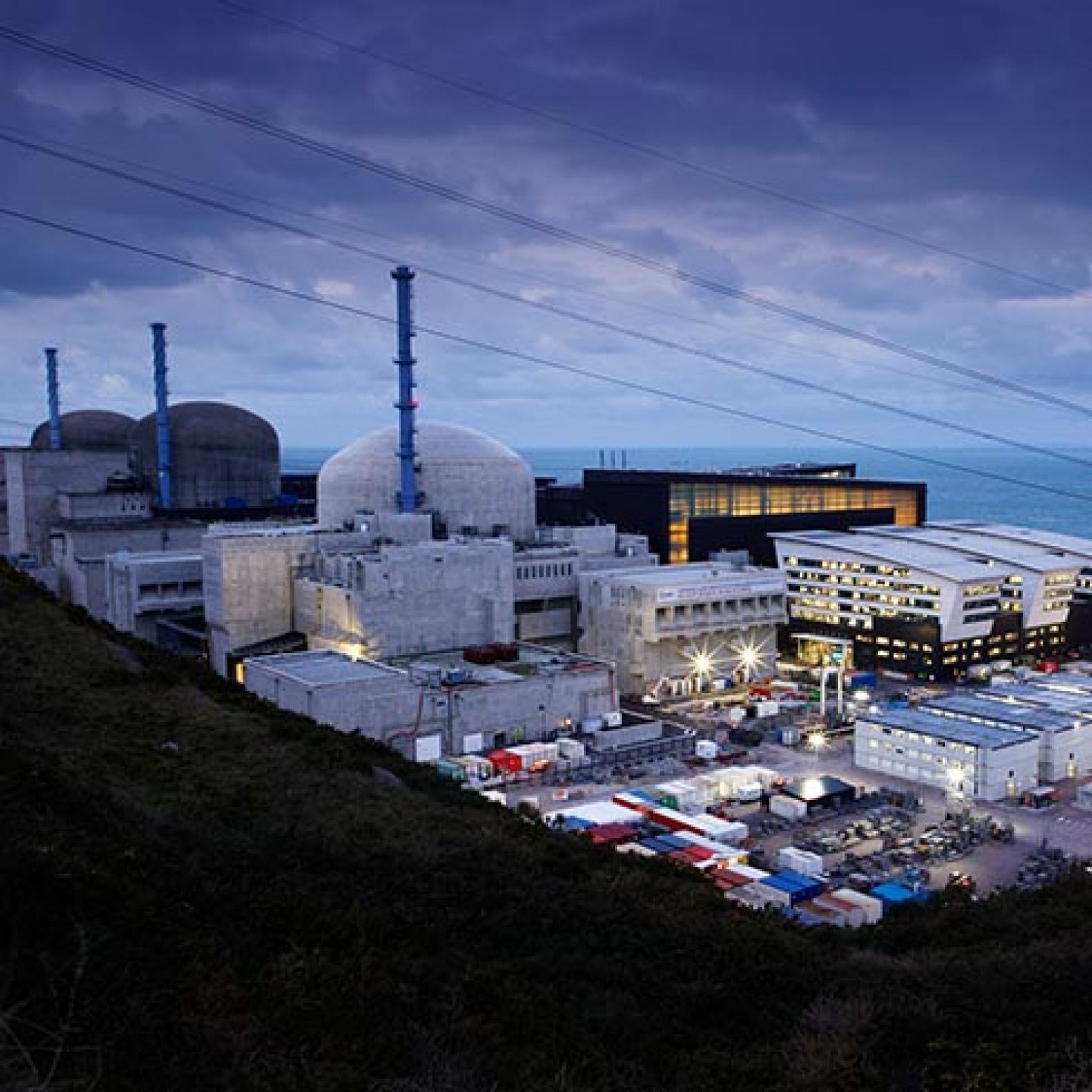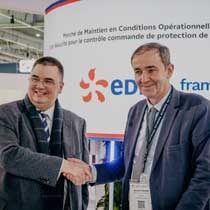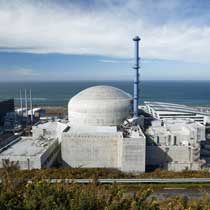Flamanville 3 is France’s first generation III+ EPR

View of Flamanville 3, 2 and 1 - © EDF
View of Flamanville 3, 2 and 1 - © EDF
The Flamanville 3 (FA 3) project is part of the French nuclear fleet renewal program.
Located in the Cotentin, Flamanville 3 is the largest industrial project in Northern Europe along with Olkiluoto 3 in Finland. Nearly 2,800 people from 55 countries are mobilized on the project. Framatome is assisting EDF (Electricité de France) with the construction and commissioning of the EPR reactor.
Framatome is supplying the nuclear steam supply system and is responsible for:
- the design,
- the procurement of fuel,
- construction and commissioning of the turnkey nuclear steam supply system,
- safety instrumentation and control.
The EPR reactor is one of the reactors most certified by the regulatory authorities. It is considered to be a reference in terms of safety, operational performance and competitiveness. It is currently the most advanced pressurized water reactor in the world.
1,650 MWe
Electrical output
4,300 MWth
Thermal output
13 TWh
Electricity generated annually
Technical focus
– Fuel: uranium oxide (UO2)
– Average fuel enrichment level: 3-5 % U-235
– Annual fuel consumption: 32 metric tons
– Overall efficiency: 37%
– Reactor building height: 63 meters
– Fuel building height: 32 meters
– Main steam temperature: 290°C
– Turbine speed: 1,500 revolutions per minute
Timeline
- 2005: Signature of the design contract for the NSSS
- December 2007: First concrete poured
- July 2013: Dome installation
- May 2014: First control room commissioning tests
- September 2014: 1st steam generator installation
- November 2014: Pressurizer installation in the reactor building
- April 2015: Installation of the 3 steam generators
- Summer 2015: Primary circuit installation completed
- February 2016: Reactor pressure head delivery
- April 2016: Delivery of control rod drive mechanisms
- March 2017: Start of system performance tests
- October 2017: Start of open-vessel functional tests
- December 2017: Start of hot functional tests
- August 2020: Start of work to repair and upgrade welds on the main secondary circuit
- June 2021: Fuel deliveries completed

